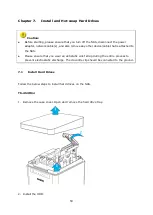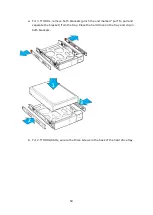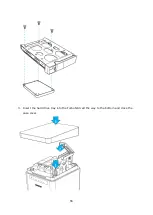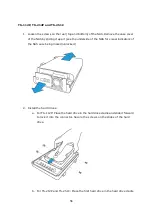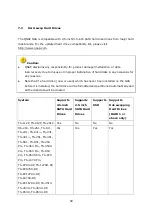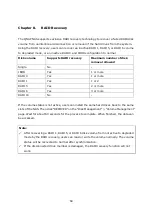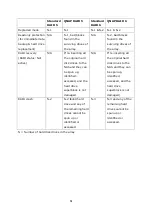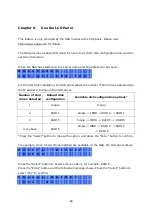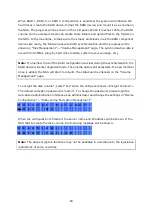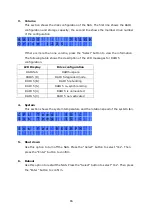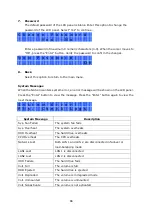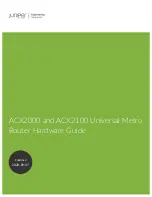
63
When RAID 1, RAID 5, or RAID 6 configuration is executed, the system will initialize the
hard drives, create the RAID device, format the RAID device, and mount it as a volume on
the NAS. The progress will be shown on the LCD panel. When it reaches 100%, the RAID
volume can be accessed. Users can create share folders and upload files to the folders on
the NAS. In the meantime, to make sure the stripes and blocks in all the RAID component
devices are ready, the NAS will execute RAID synchronization and the progress will be
shown on “Disk Management” > “Volume Management” page. The synchronization rate is
around 30–60 MB/s (vary by hard drive models, system resource usage, etc.)
Note:
If a member drive of the RAID configuration was lost during the synchronization, the
RAID device will enter degraded mode. The volume data is still accessible. If a new member
drive is added, the NAS will start to rebuild. The status can be checked on the “Volume
Management” page.
To encrypt the disk volume*, select “Yes” when the LCD panel shows <Encrypt Volume?>.
The default encryption password is “admin”. To change the password, please login the
web-based administration interface as an administrator and change the settings in “Device
Configuration” > “Disk volume Encryption Management”.
E n c r y p t
V o l u m e ?
→
Y e s
N o
When the configuration is finished, the server name and IP address will be shown. If the
NAS fails to create the disk volume, the following message will be shown.
C r e a t i n g . . .
R A I D 5
F a i l e d
Note:
The data encryption functions may not be available in accordance to the legislative
restrictions of some countries.
Summary of Contents for Turbo NAS HS-210
Page 1: ...2015 02 11 QNAP Turbo NAS Hardware User Manual 2015 QNAP Systems Inc All Rights Reserved...
Page 22: ...22...
Page 25: ...25...





